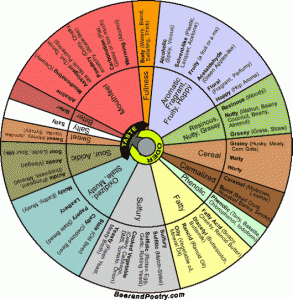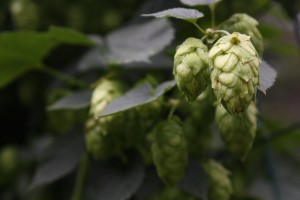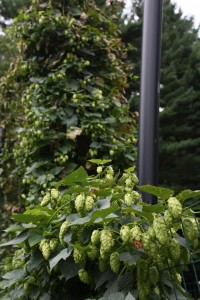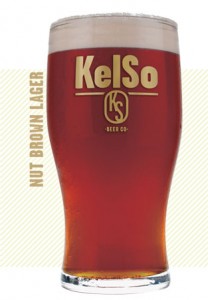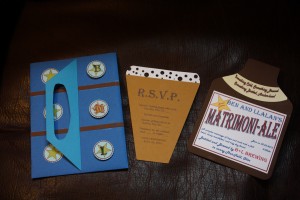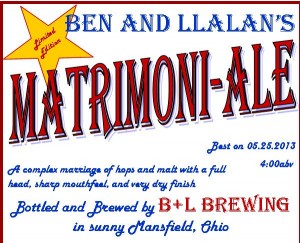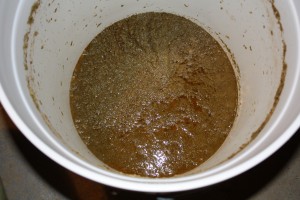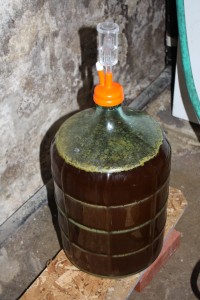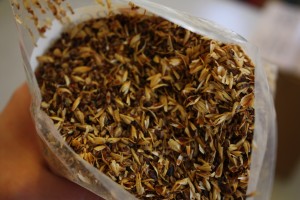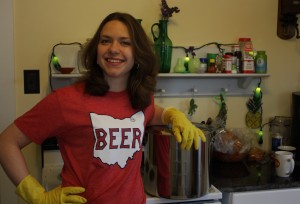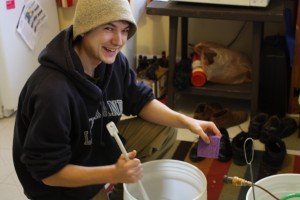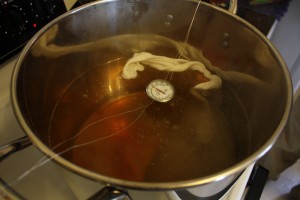I believe that we need more salt-rimmed beverages in our lives. Or, at least, in my life. As 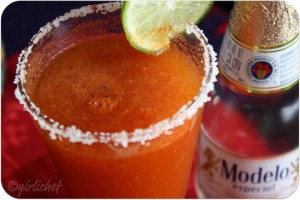 the salt cures me, it will preserve my liver as well. This is all about science.
the salt cures me, it will preserve my liver as well. This is all about science.
We all know about salt-rimmed margaritas and licking the salt before taking a shot of tequila. A few years ago, however, I was turned on to micheladas, Mexican beers mixed with various lime-tomato-chili combinations and served on ice in a salt-rimmed glass. My favorite has long been the one served at the incomparable Chevela’s in Prospect Heights. Their tomato mixture is some kind of spicy bloody mary mix and the salt on the rim is mixed with something tangy. Shannon speculates dried tamarind. (Shannon, who loathes tomato juice, loves micheladas; so what does that tell you?) Last night, though, we ate at El Centro in Hell’s Kitchen after watching Alvin Ailey’s dancers kill it, and the micheladas there are simply Modelo Especial mixed with fresh lime and mottled costeño chile, a moderately hot chili used in sauces. They were fresh and refreshing. Presented with straws, we sucked them down in minutes.
They got me wondering, though, about the origins of the michelada. And the wondrous internet provides a handful of different possibilities. Continue reading

